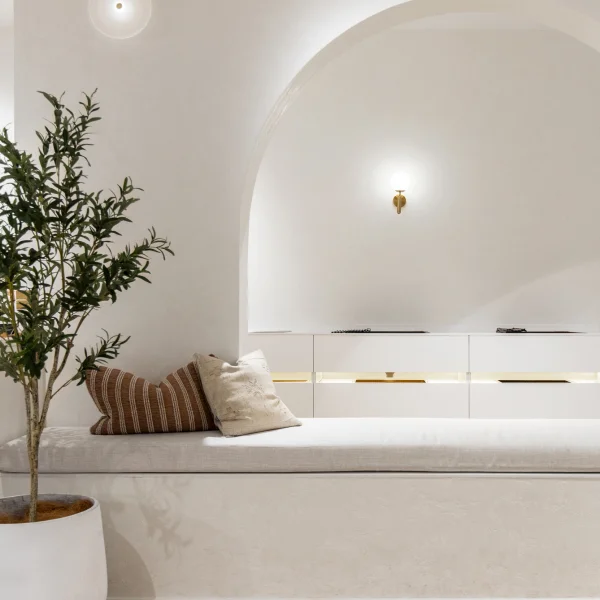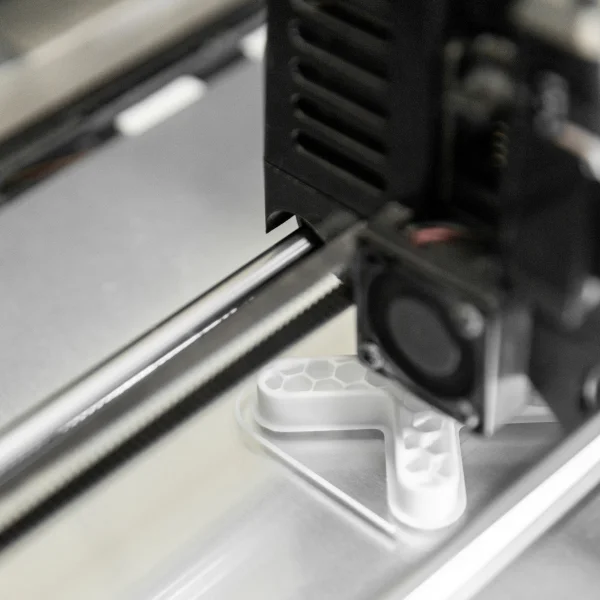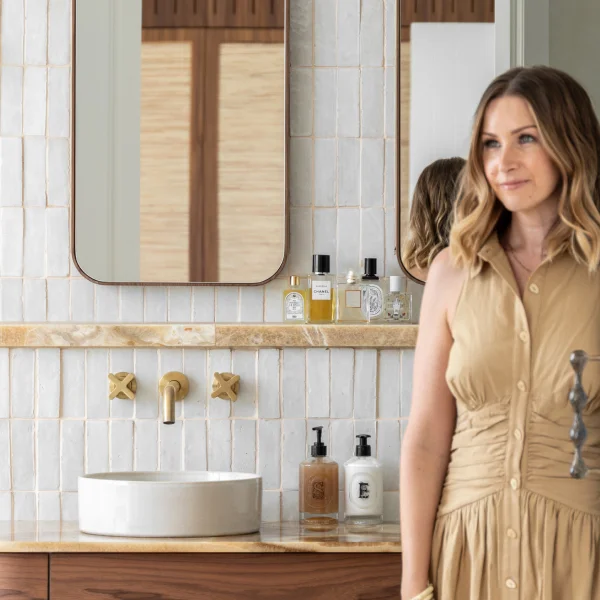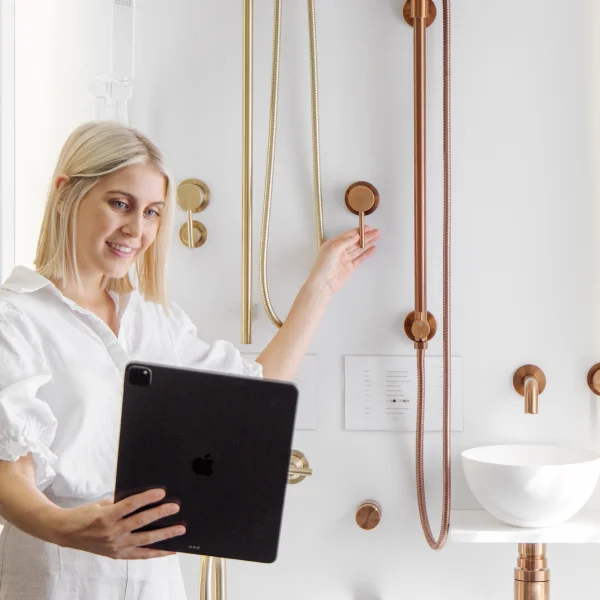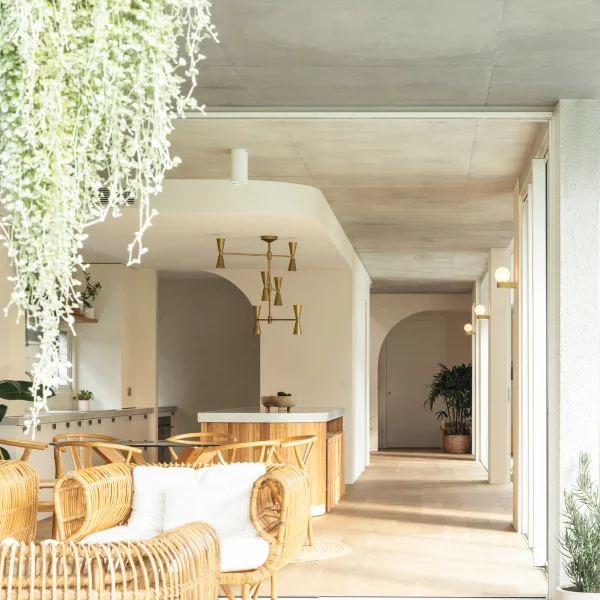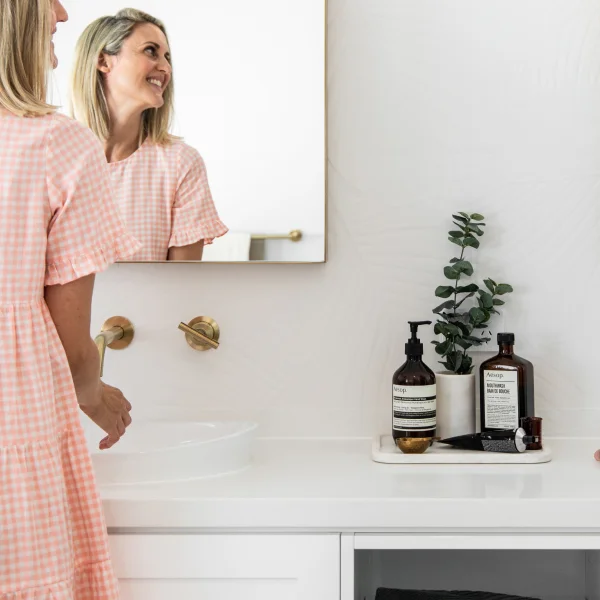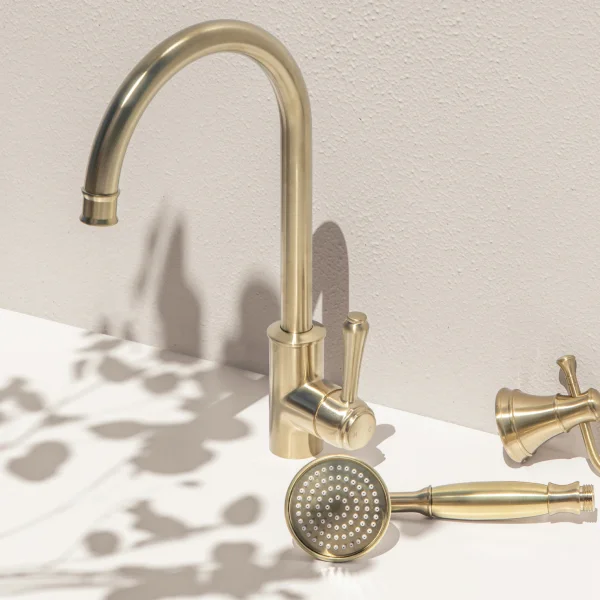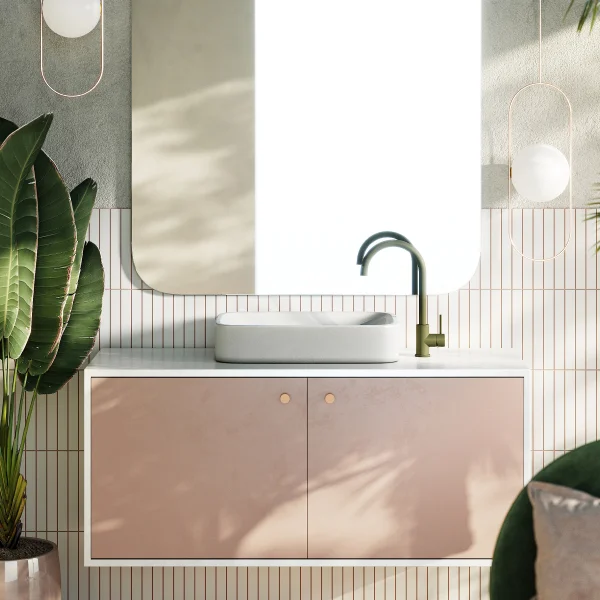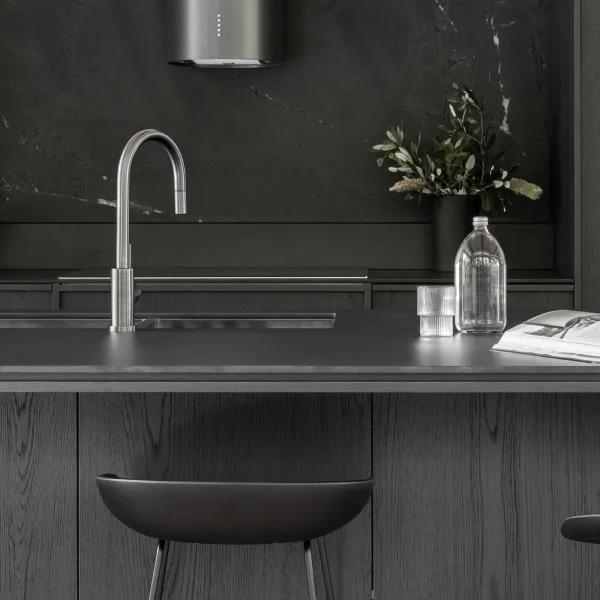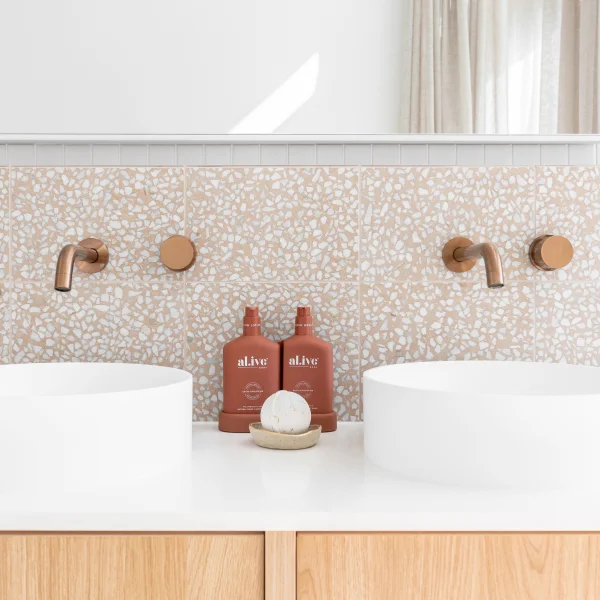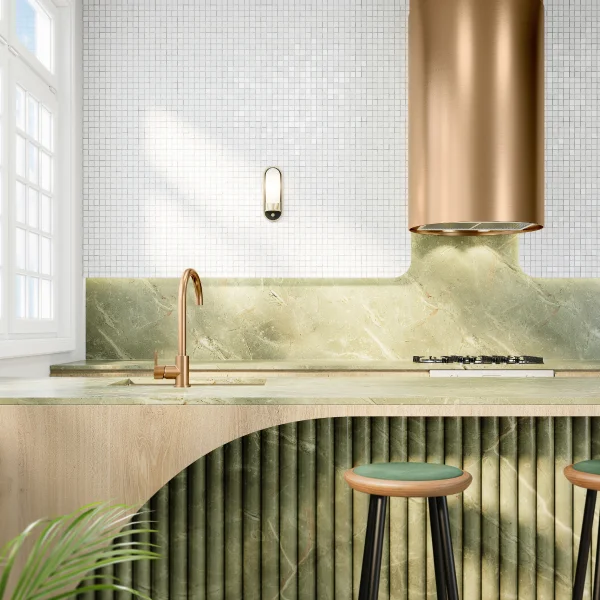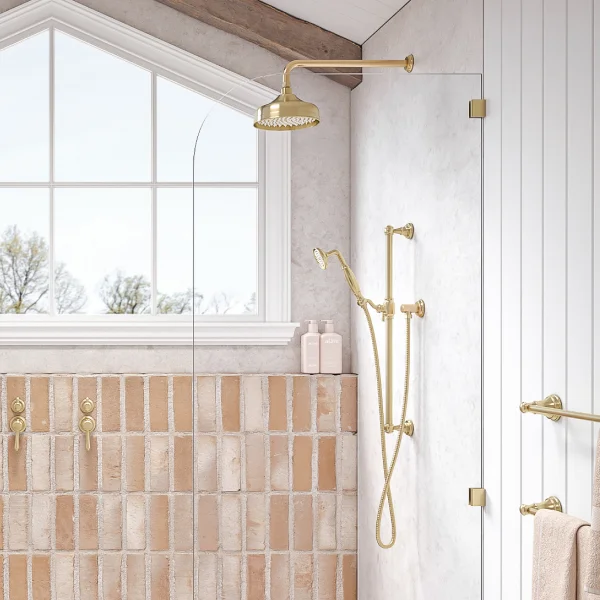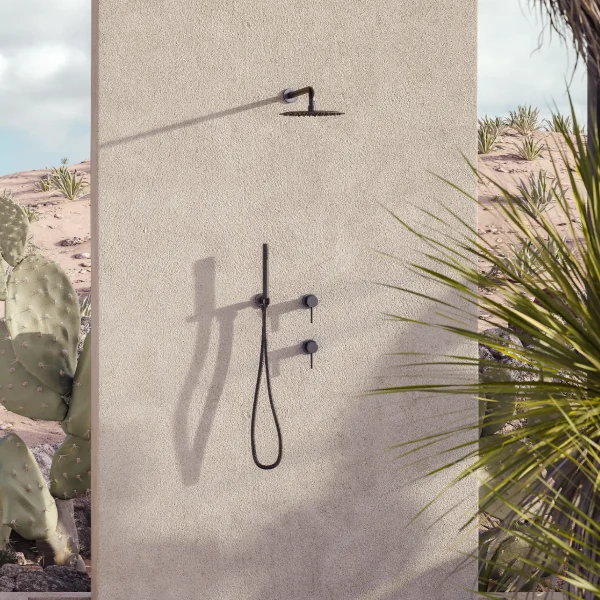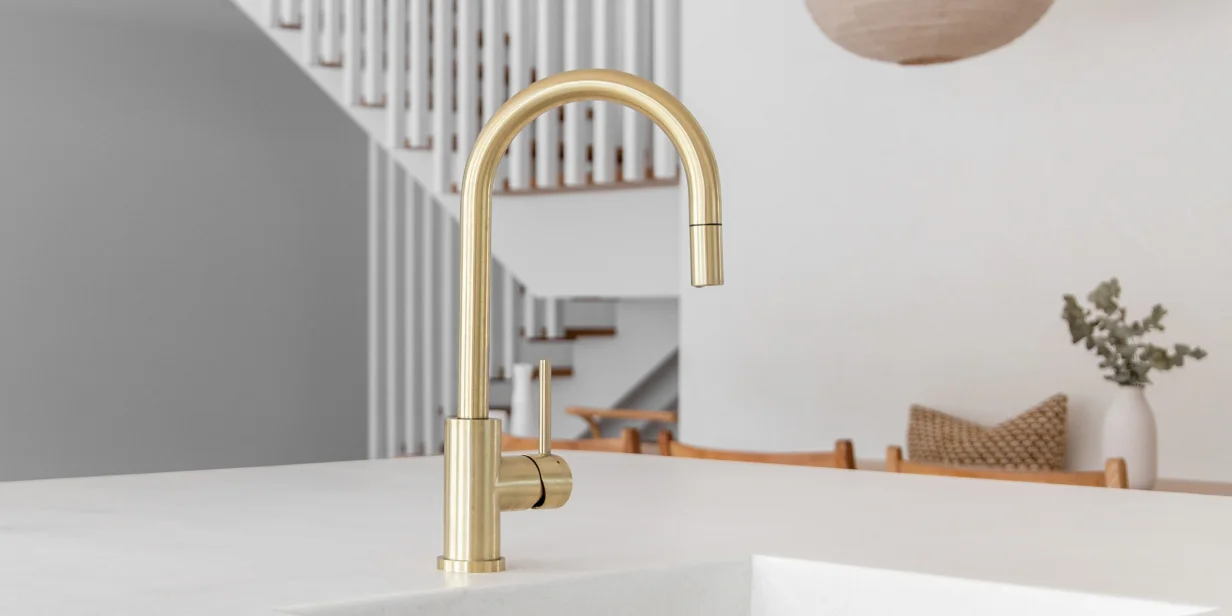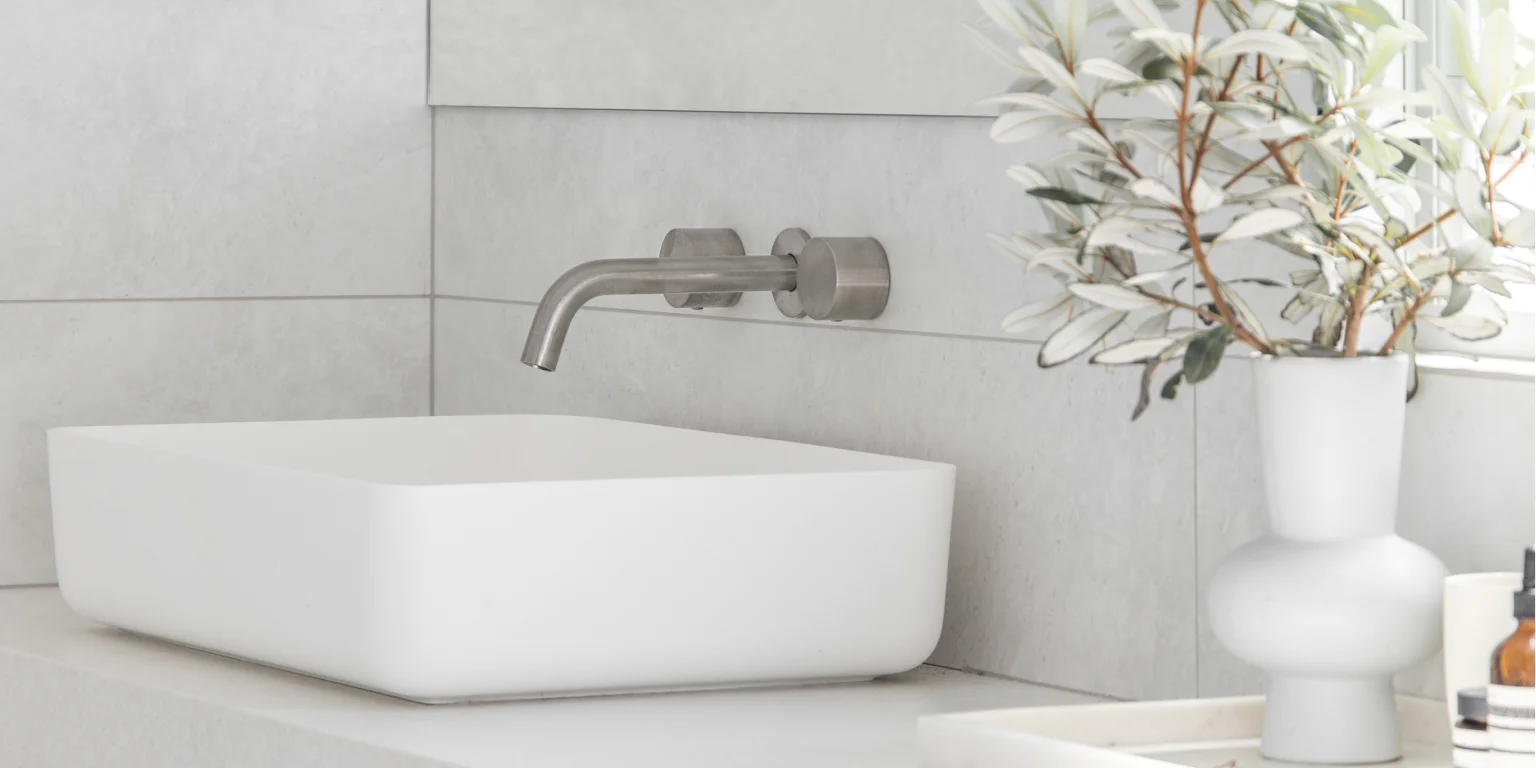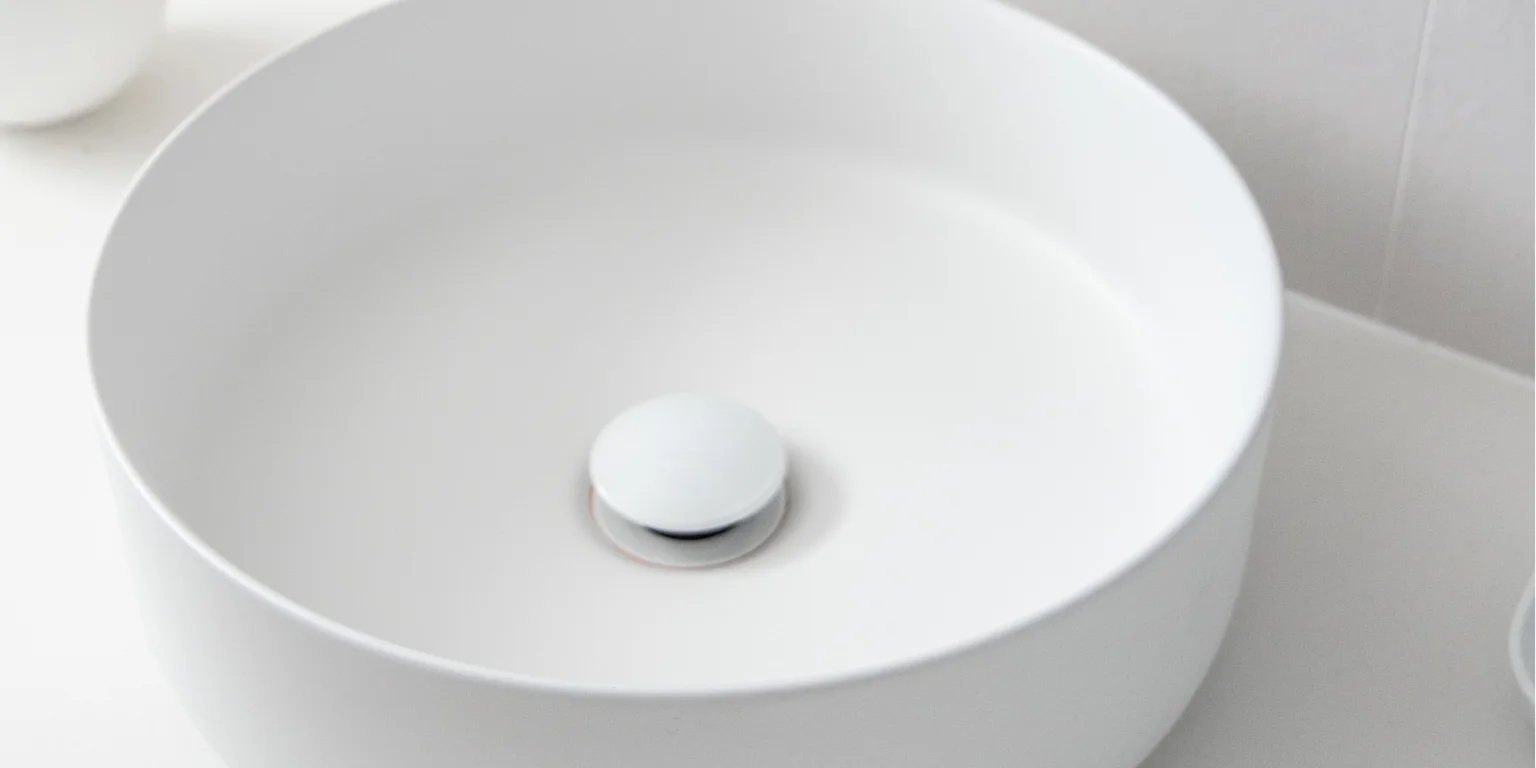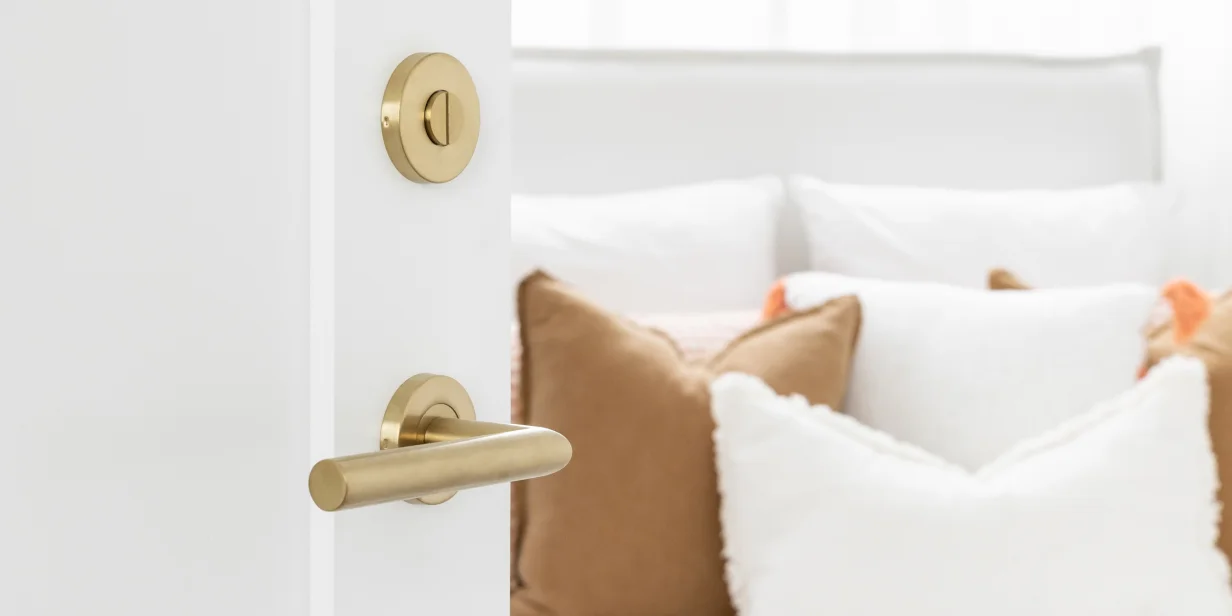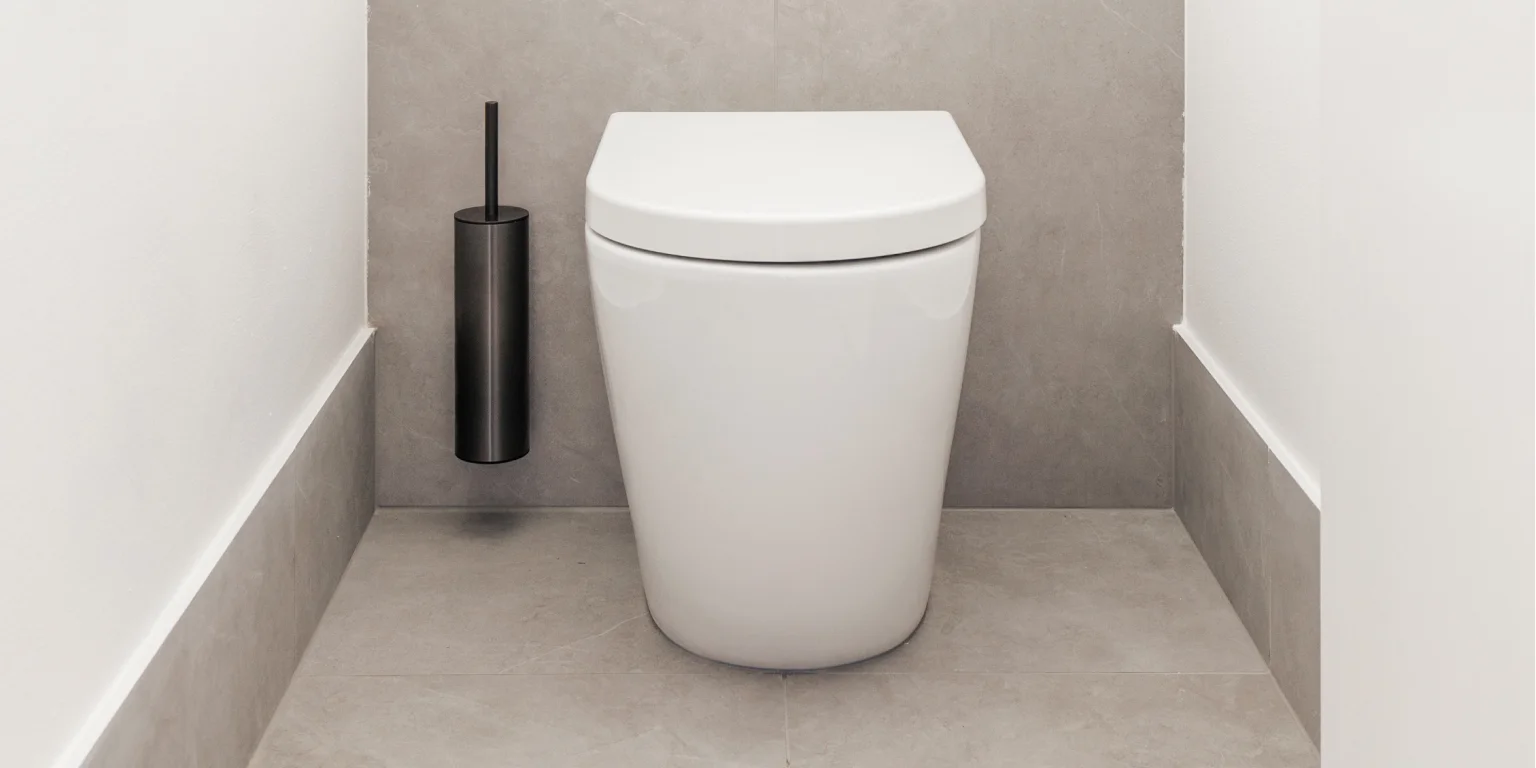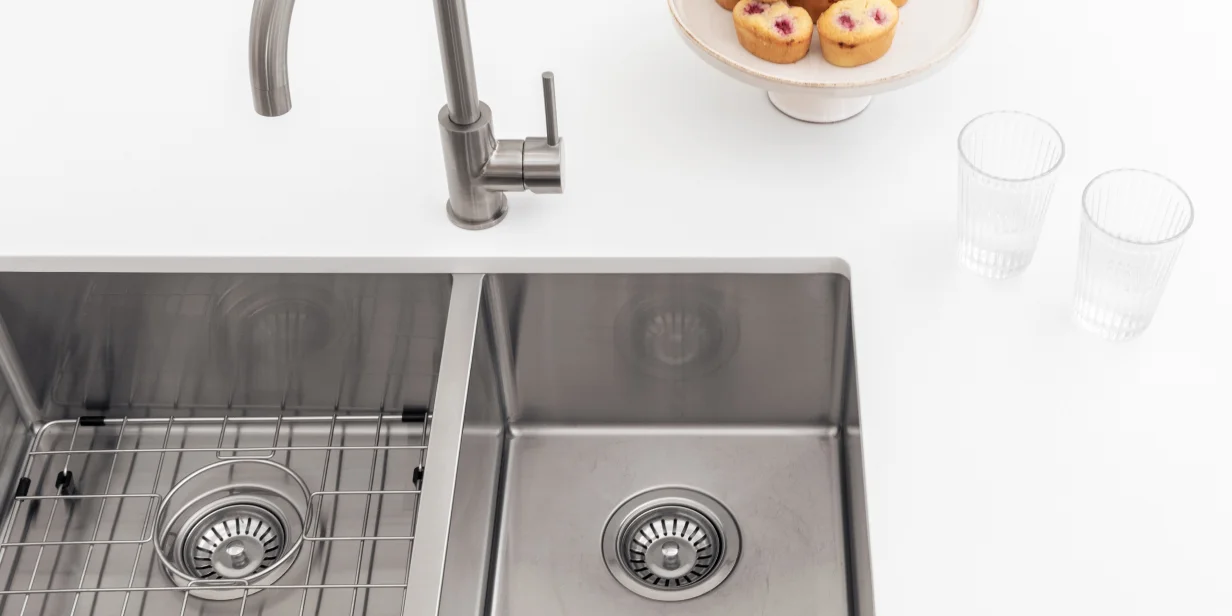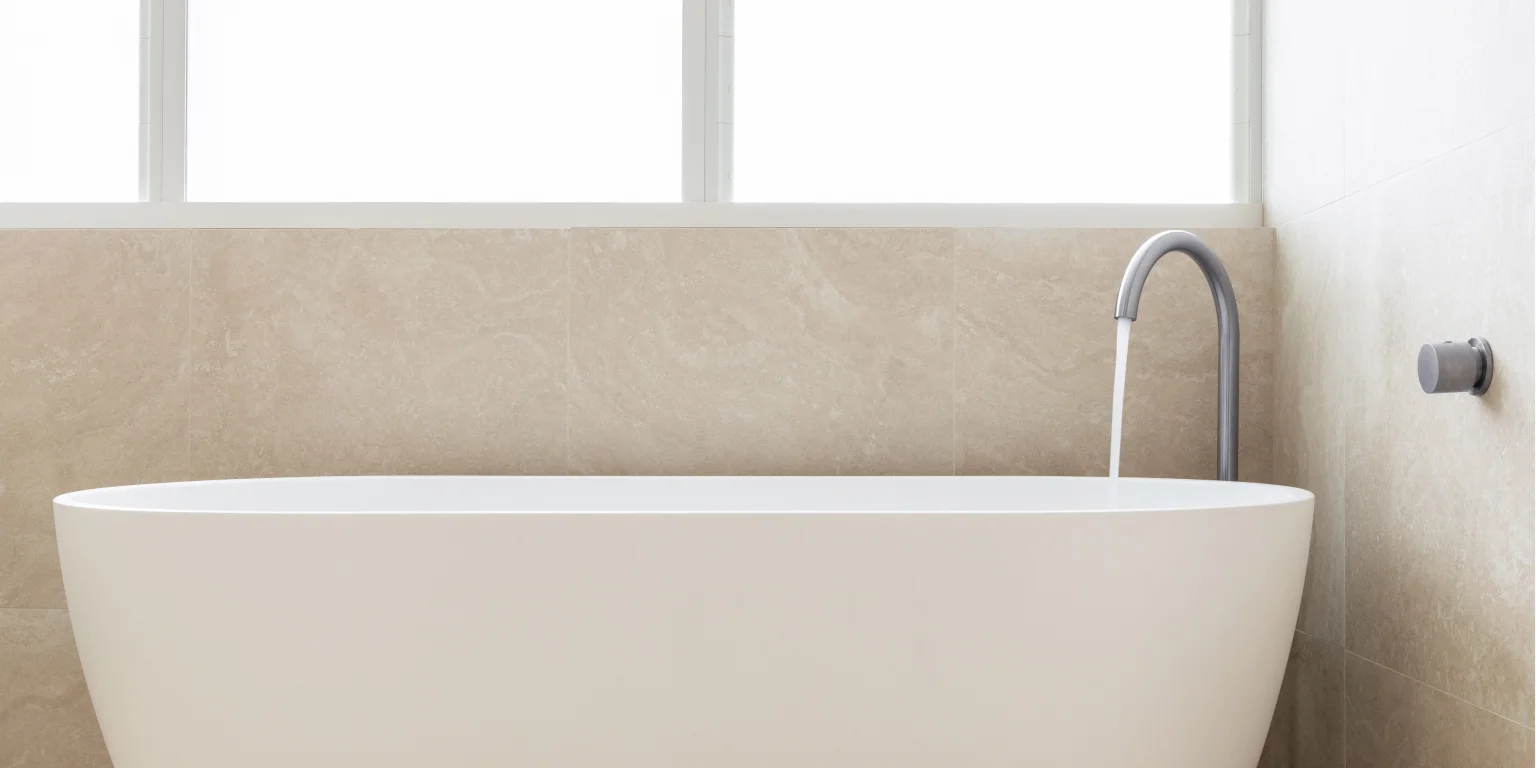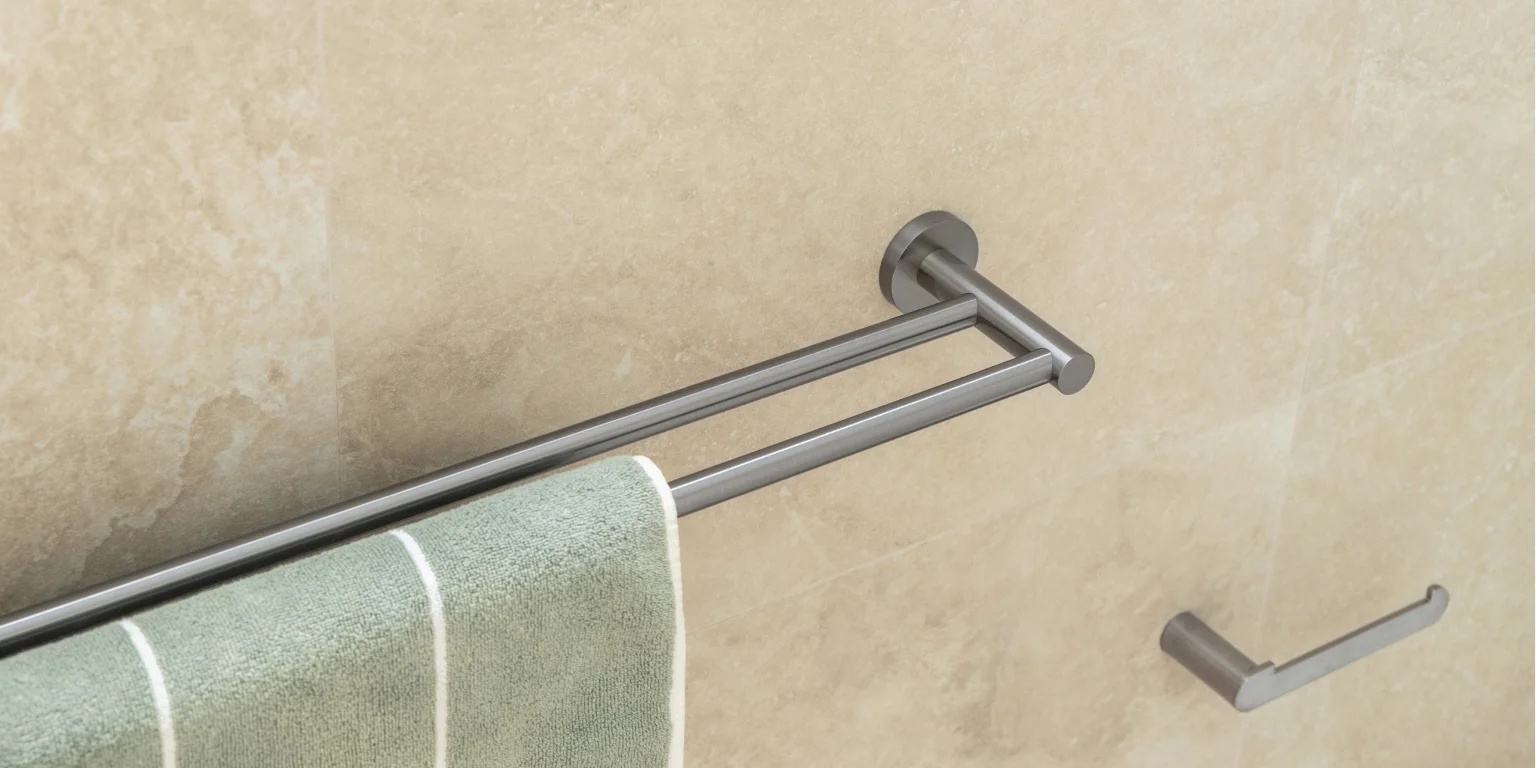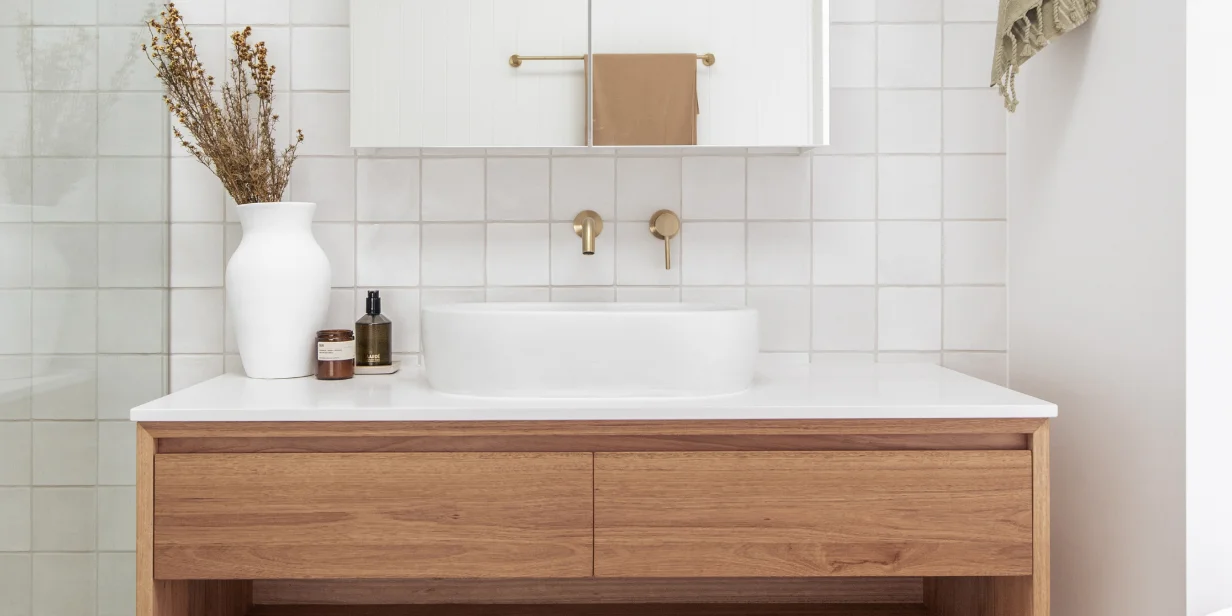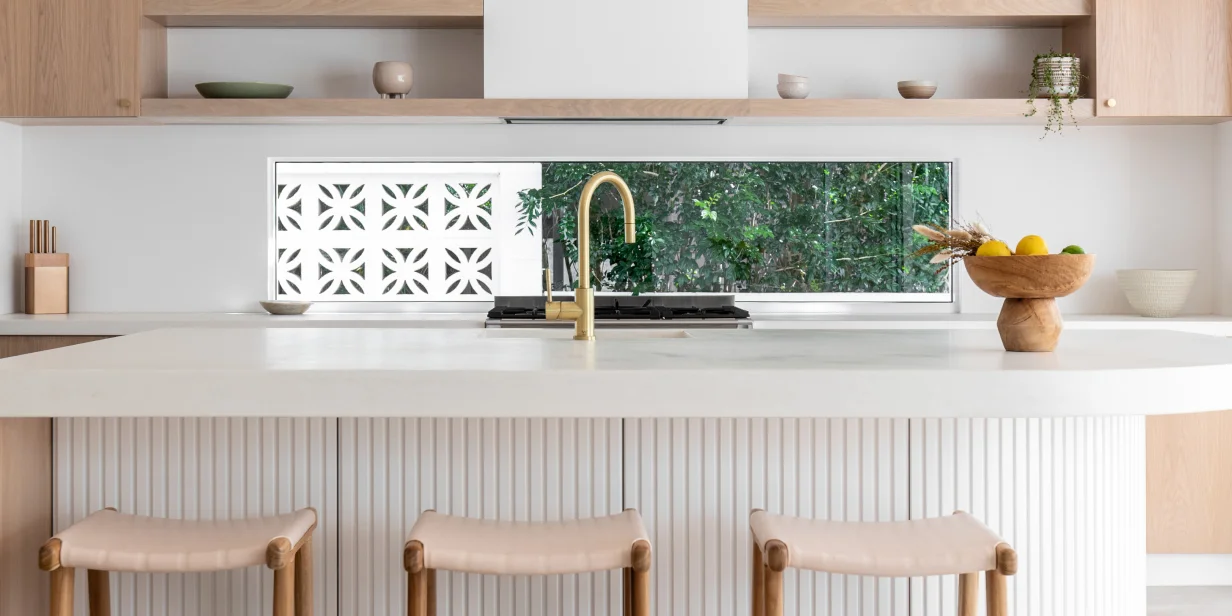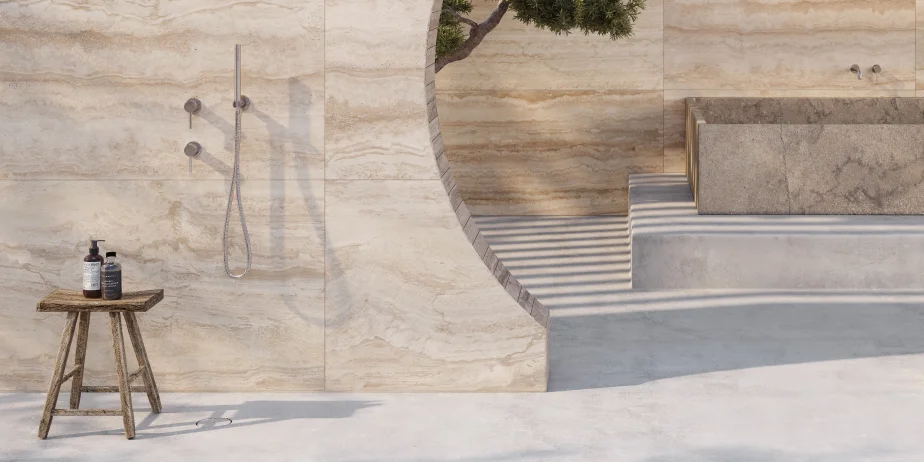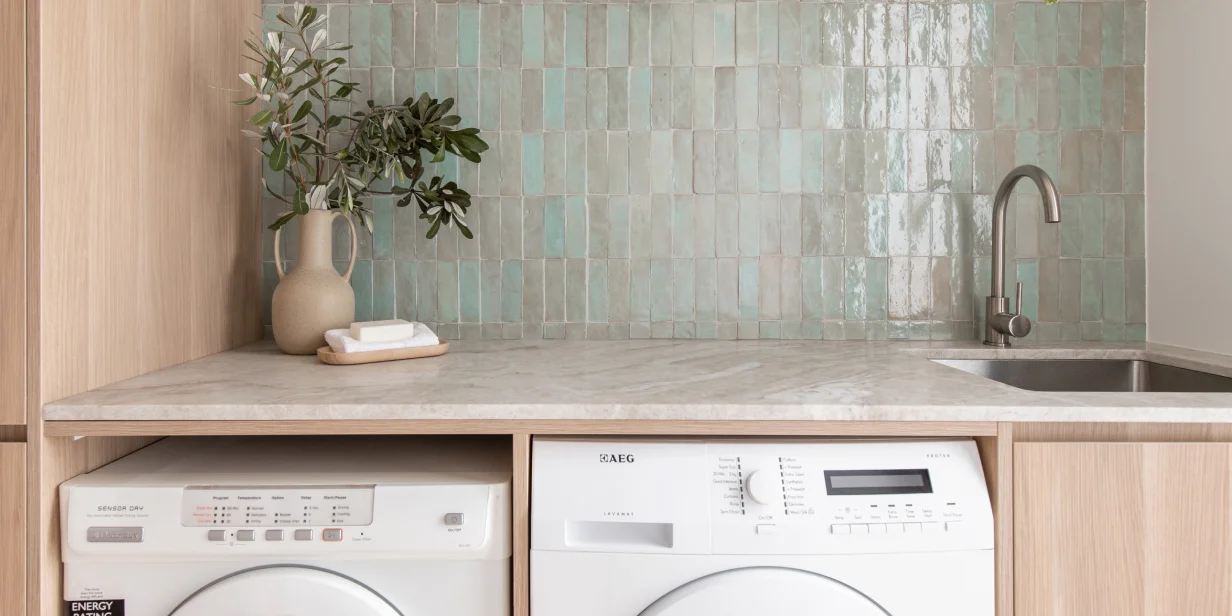Bathroom Renovations: Bathtub, Shower, or Both?
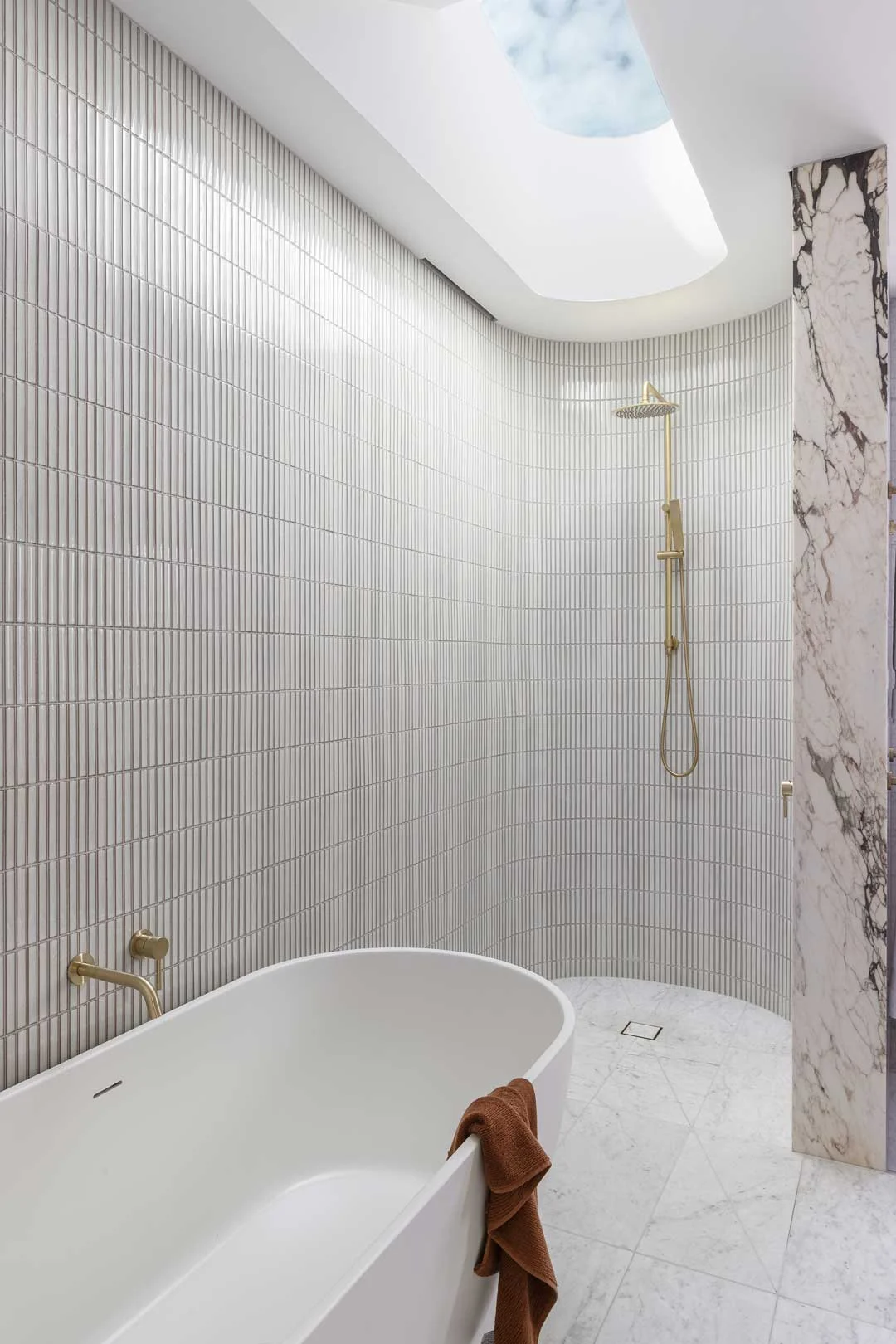
If you’ve ever renovated a bathroom, you’ll be familiar with the great debate of shower vs bath. Ending the day with a relaxing soak in the tub — a good book and a glass of wine in hand — sounds idyllic, but how often would you actually use it? Or would a spacious walk-in shower be more suitable? Most people will have a favourite — but is one actually better than the other?
When it comes to bathroom design, no detail impacts the room’s look and feel more than your choice of bathtub or shower — or both. There are a number of factors to take into consideration when making this decision, including your daily routine, who will be using the bathroom, and – most importantly – the size of the space you’re working with.
Whether you’re building or renovating, we weigh up the pros and cons of choosing a shower, bath, or both — so you can create the dream bathroom you’ve always wanted.
Considerations When Choosing a Bath or Shower
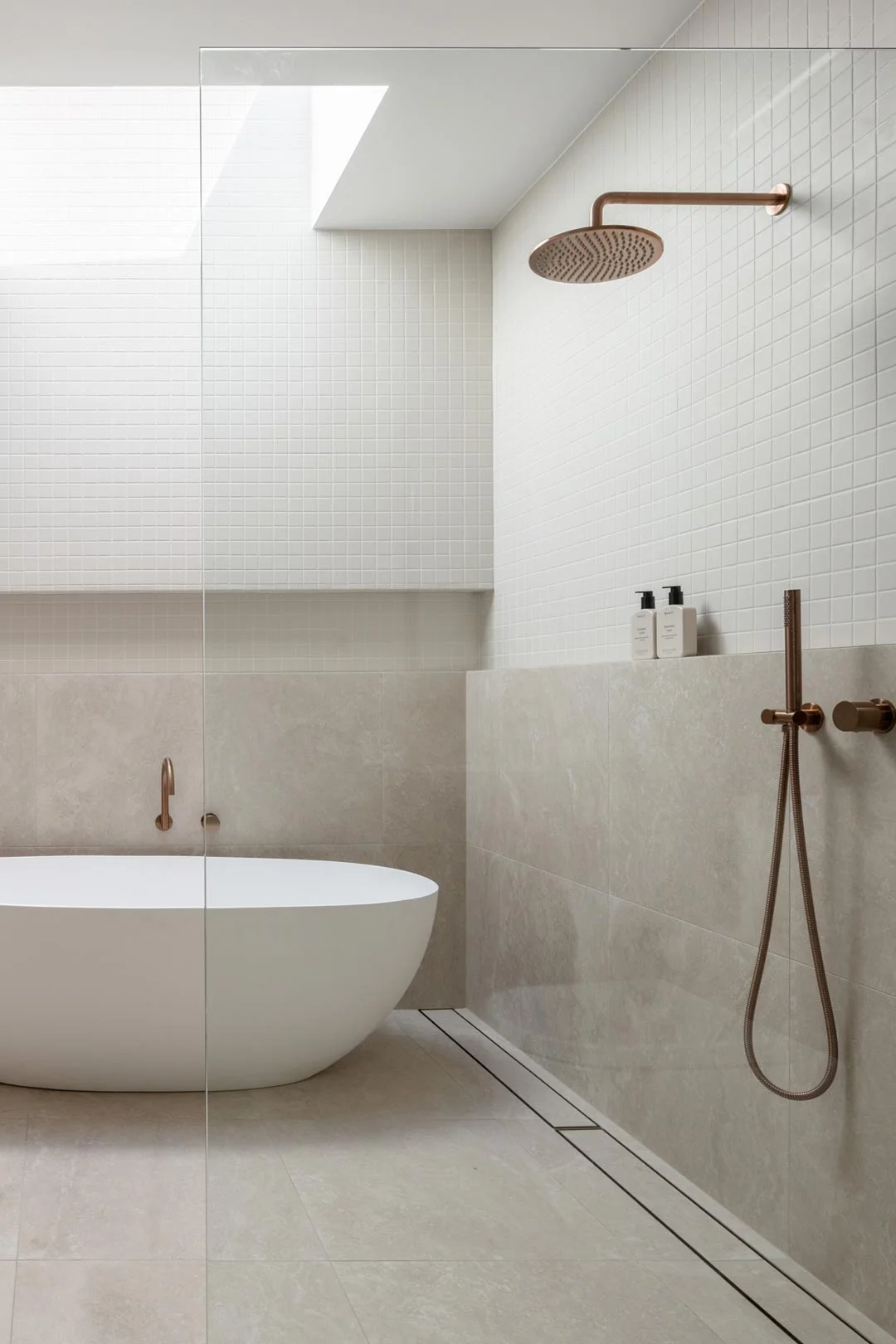
When it comes to designing your bathroom layout, you have three options: a standalone shower, a freestanding or inset bathtub, or a bath-shower combo. Deciding on which one is right for you depends on a number of factors, including:
Space: The size and layout of your bathroom will ultimately determine whether a shower or bath — or both — will suit your space best.
Maintenance: Showers are generally easier to clean and maintain than baths, as they have fewer nooks and crannies where grime can accumulate.
Functionality: Think about how you use your bathroom. Do you prefer quick showers or long, relaxing baths? Do you have small children that would make use of a bath regularly?
Accessibility: If accessibility is a concern, a walk-in shower with grab bars and a bench might be better than a bathtub, especially for the elderly or those with limited mobility.
Budget: Baths tend to be more costly to install than showers due to the additional plumbing and materials required. Consider your budget constraints when deciding between the two.
Water-Efficiency: We should all be conscious of our water usage at home, so comparing the water efficiency of a shower vs bath is an important step in your bathroom renovation journey.
Resale Value: If you plan to sell your home in the future, consider the preferences of potential buyers. While some buyers may prefer the luxury of a bath, others might prioritise the convenience of a shower — and having both could appeal to a broader range of buyers.
Showers: Pros and Cons
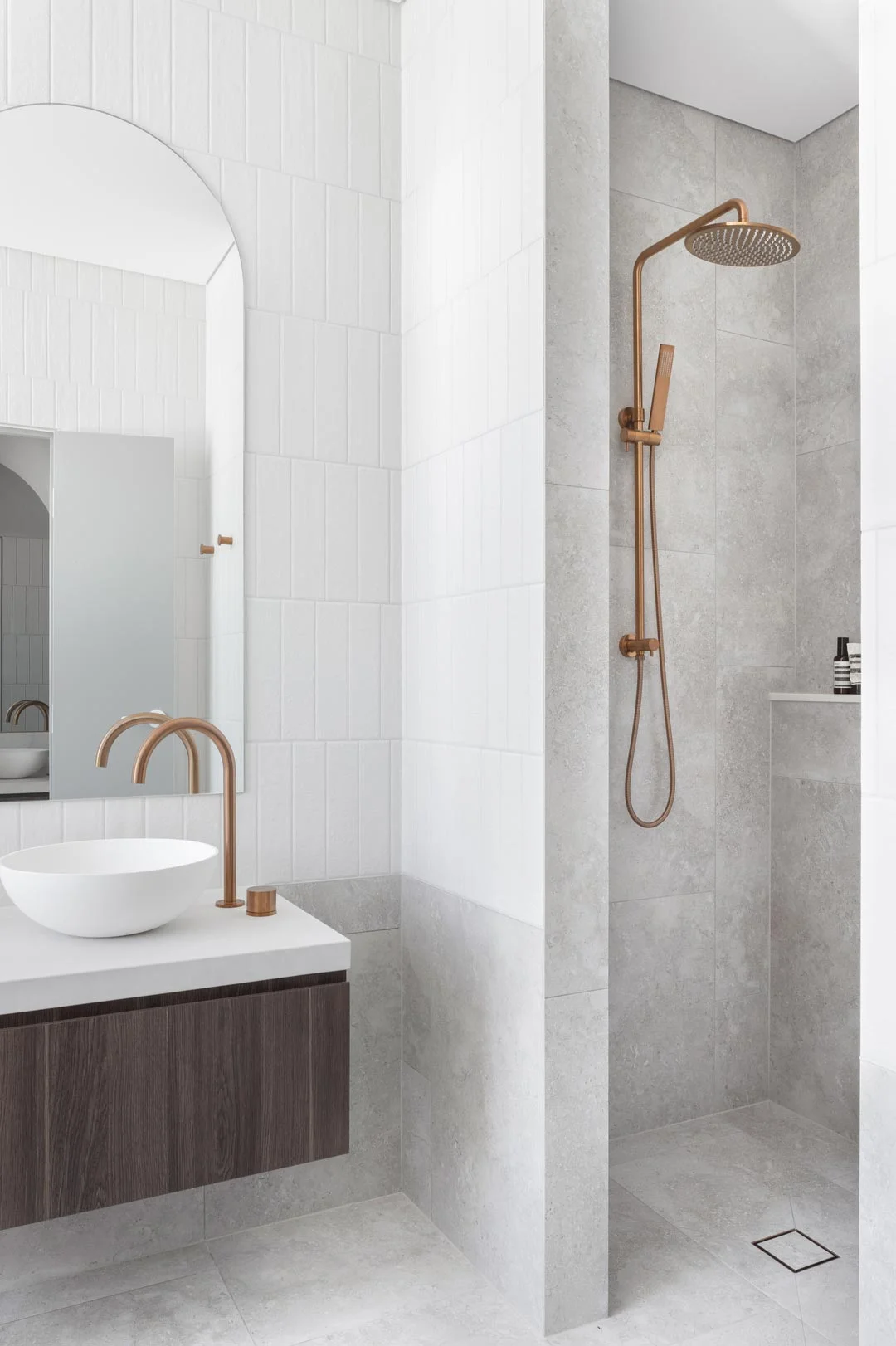
Pros of Showers
Convenience: Showers provide a quick and efficient way of washing off, making them ideal for busy individuals or households where time is of the essence. They are also more convenient to install than a heavy bathtub.
Space-Saving: Showers occupy less space than baths, making them ideal for smaller bathrooms or for maximising floor space in larger ones.
Versatility: Whether you prefer the luxury of a rain shower or the flexibility of a hand-held showerhead, showers come in various sizes, styles, and configurations — allowing you to customise them to suit your preferences. Walk-in showers are increasingly popular as their minimalist design creates an open feel that is also easy to maintain.
Accessibility: Showers provide easy access for individuals with mobility issues or disabilities, as they often feature curbless or low-threshold designs that allow for easy entry.
Water Efficiency: Modern shower heads incorporate water-saving features such as flow restrictors, which limit the flow rate of water without compromising shower performance — promoting efficient water usage.
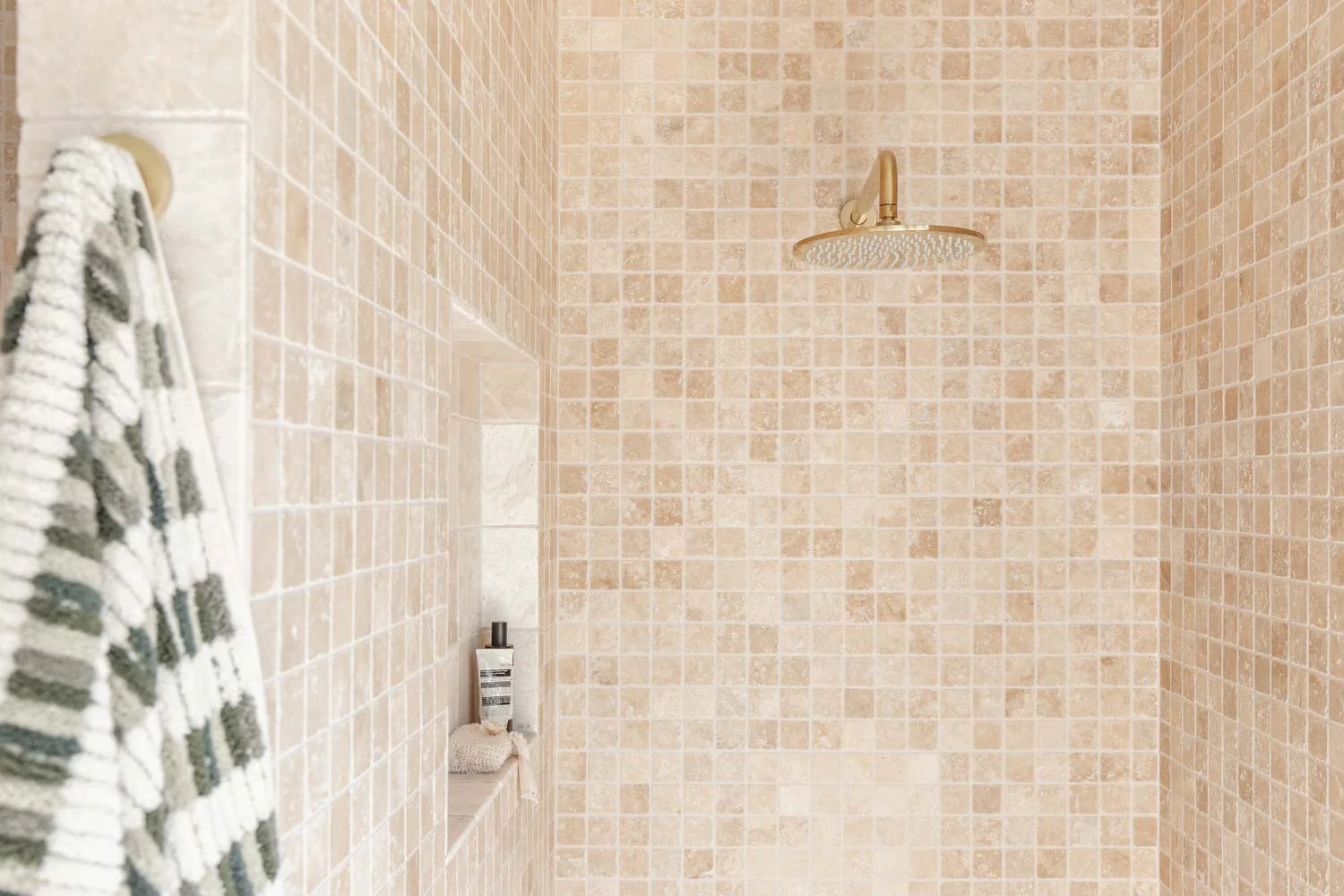
Cons of Showers
Maintenance: Showers may require more frequent cleaning and maintenance compared to baths. Grout lines, glass enclosures, and shower fixtures can accumulate soap residue, mineral deposits, and grime over time — meaning regular upkeep is needed to maintain cleanliness. Using large format tiles or shower panels can help make cleaning easier, as there’s less grout to keep clean.
Limited Relaxation: Some people may find showers less conducive to relaxation and stress relief compared to baths, as their design is geared towards functionality and efficiency.
Bathtub: Pros and Cons

Bathtubs have been a central part of bathrooms for hundreds of years — but these days, there is plenty of debate as to whether baths are still a necessity. It’s important to consider the pros and cons listed below:
Pros of Bathtubs
Functionality: Inset styles are flexible in terms of their surroundings, giving the option to build in an island seat for a comfortable place to sit. They’re also easier on the budget and a dream to clean, especially if positioned against the wall.
Aesthetic Appeal: A bathtub is a luxury fixture available in various shapes, designs, and colours — helping elevate the look and feel of your bathroom. For a statement piece, it’s hard to beat a freestanding bath. A claw-foot bathtub is ideal for provincial or classic schemes, whereas a curved or circular tub promises to provide the “wow factor” when placed in the centre of the bathroom.
Family and Pet-Friendly: For families with young children, a bathtub is indispensable. It offers a safe, comfortable, and enjoyable way to wash kids and pets.
Relaxation: Unlike showers, baths offer an indulgent way to soak and unwind after a long day.
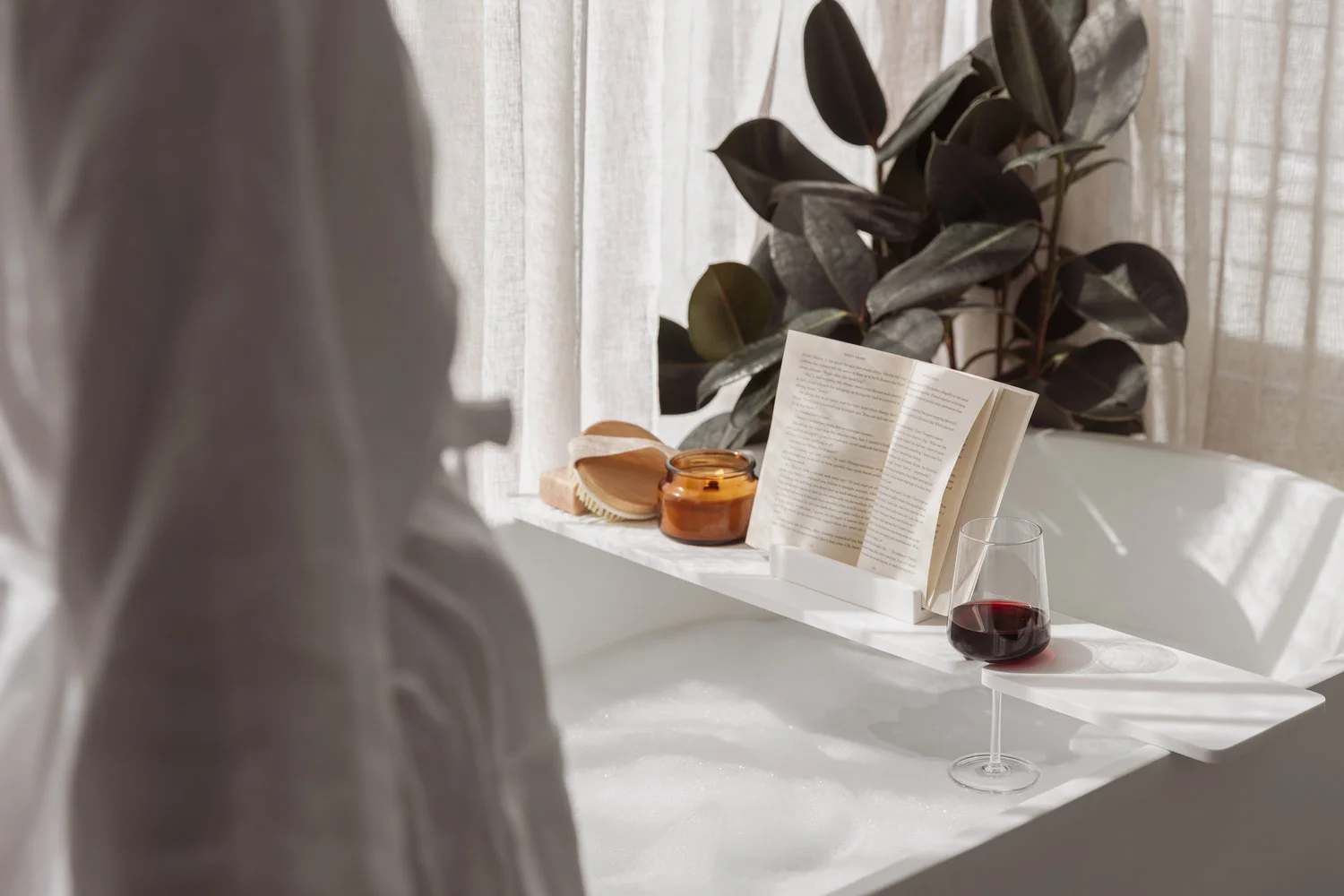
Cons of Bathtubs
Size: Baths typically require more floor space than showers, making them less practical for smaller bathrooms. Installing a bathtub may mean sacrificing other features or storage space in the bathroom design.
Durability: The downside with some bathtubs is they can chip and scratch, so it’s important to consider which finish offers durability. Acrylic bathtubs are popular due to their affordability, versatility, easy maintenance, and resistance to chipping, cracking and fading. Known for their heat retention, solid surface bathtubs are another strong choice — featuring a seamless, non-porous surface that’s highly resistant to stains and scratches.
Cost: The cost of a bathtub renovation or replacement may exceed that of a shower, especially when considering additional plumbing and construction requirements. As baths are not a necessity, it’s important to consider how often they’ll be used and if it’s worth the investment.
Accessibility: Getting in and out of a bathtub may pose challenges for those with mobility issues. In these cases, you may be required to install additional safety features such as grab rails or non-slip surfaces to prevent accidents.
Water Usage: The average bath in Australia uses around 95 litres of water to fill, compared to a 10-minute shower using a water-saving showerhead (7L/minute). So, a bath may not be ideal for those looking to minimise their water consumption and environmental footprint.
Shower & Bath: Pros and Cons

If you have the space and the budget to add both a shower and a bath, that’s the ideal choice. Having a bathtub and a walk-in shower creates a complete bathroom suite — which is the most appealing setup for homeowners and potential buyers alike. Here are a few of the pros and cons of a bath-shower combo:
Pros of a Bath-Shower Combo
Versatility: Having both a shower and bath offers ultimate versatility, accommodating those who prefer quick showers, those who value the relaxing experience of a bath, and families with small children or pets. In these cases, you might consider creating a wet room — a space fully built with materials designed to get wet — which typically includes a shower space and freestanding bathtub contained by a glass panel or enclosure.
Resale Value: Homes that offer the flexibility of a bath-shower combo tend to attract a wider range of potential buyers, enhancing the overall value of your property.
Versatility: If you’re set on the idea of a bathtub but are working with limited space, a shower-over-bathtub design could give you the best of both worlds. It’s great for families with small children and offers more privacy than a regular shower with a glass screen, as you can easily install a shower curtain.
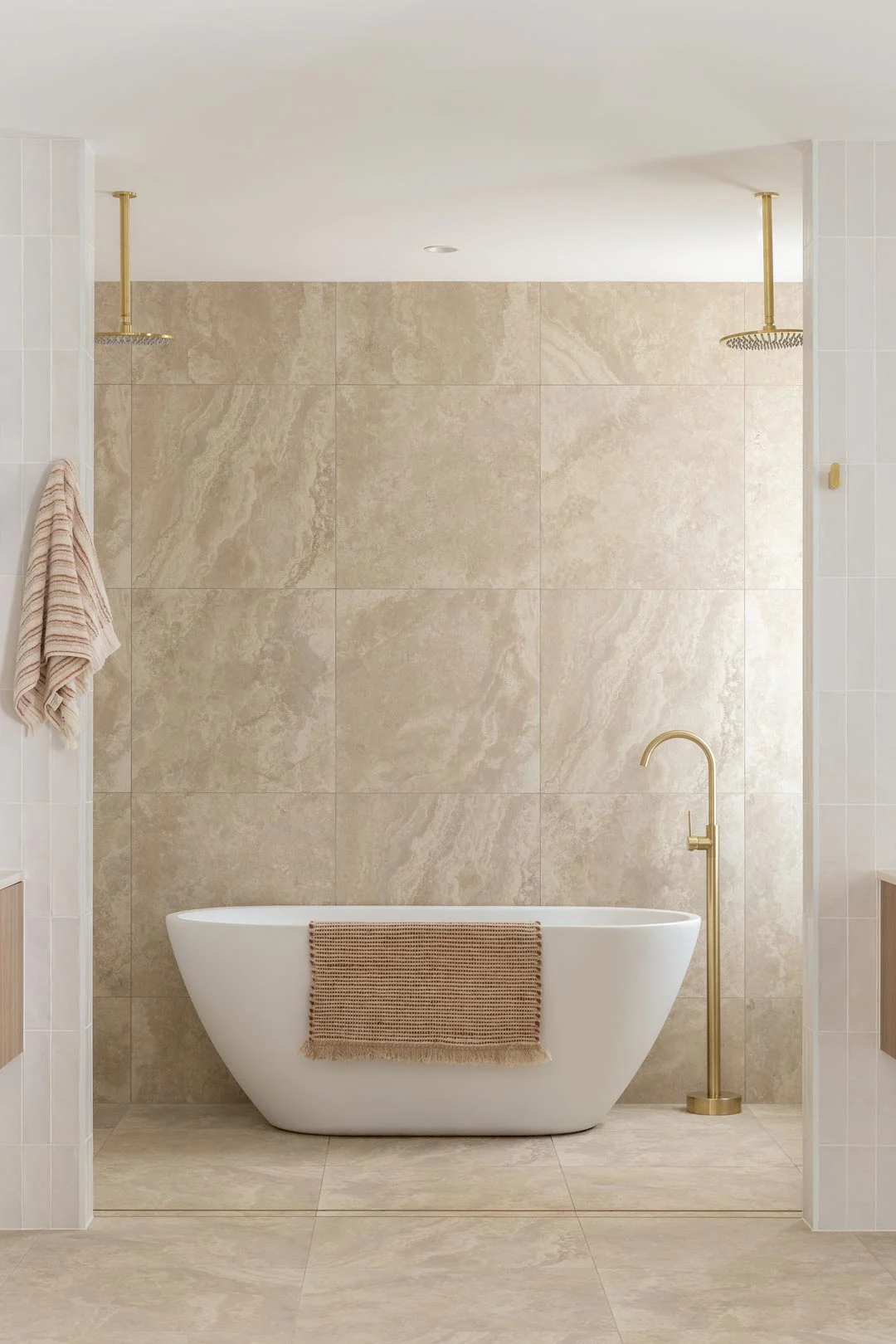
Cons of a Bath-Shower Combo
Space Requirements: Incorporating both a shower and bath requires more space, which may not be feasible in smaller bathrooms. It can limit design options and make the space feel cramped.
Maintenance: Maintaining both a shower and bath requires regular cleaning and upkeep to prevent mould buildup.
Water Usage: Having both a shower and bath may result in increased water usage, so it’s important to consider water-saving fixtures and practices if you choose this option.
At the end of the day, it all comes down to your daily household needs and lifestyle preferences. If soaking in a bathtub is how you relax, a bathtub should be front and centre in your plans for a new bathroom. However, if a spacious walk-in shower is what you would get the most use out of, then put the energy and funds towards that! By weighing up the pros and cons of each option, you can confidently design a bathroom that will give you the most comfort, satisfaction, and value — tub or no tub!
Our team is available in-store to help you with your bath and shower purchases. You can also email [email protected] or book a free design consultation to discover how our products can help turn your bathroom renovation ideas into a reality.
Which team are you: bath or shower? Leave a comment below!
For more inspiration on bathroom renovations, read our blogs:
Bathroom Renovations: 9 Things You Need to Know
Bathroom Renovations Under £5,000: 10 Ideas to Upgrade Your Bathroom on a Budget
The Ultimate Guide to Water-Efficient Fixtures for Your Home
